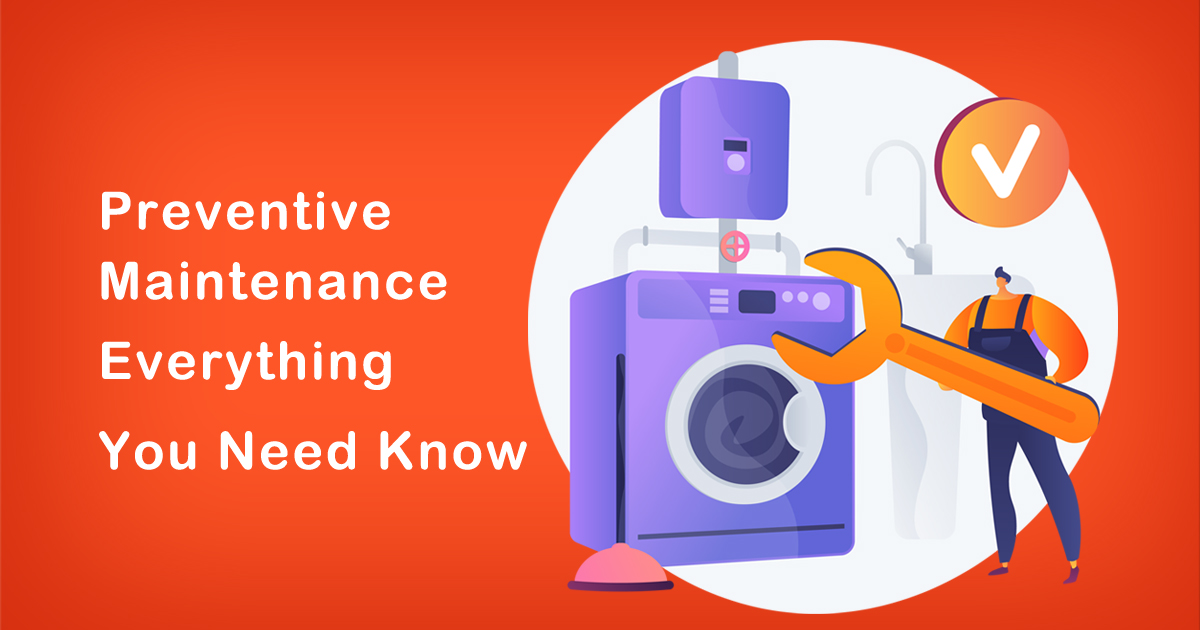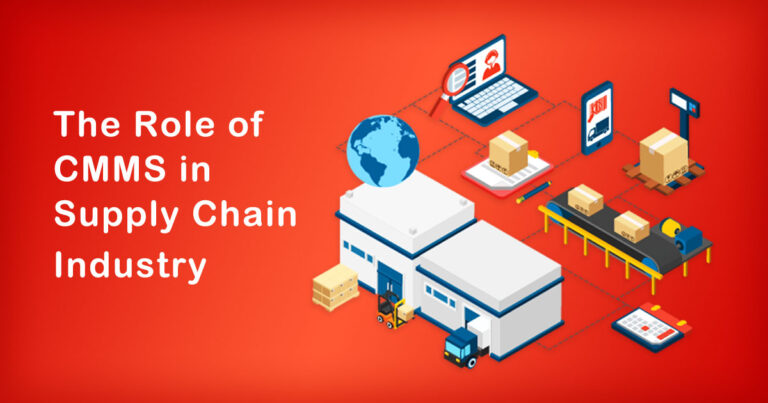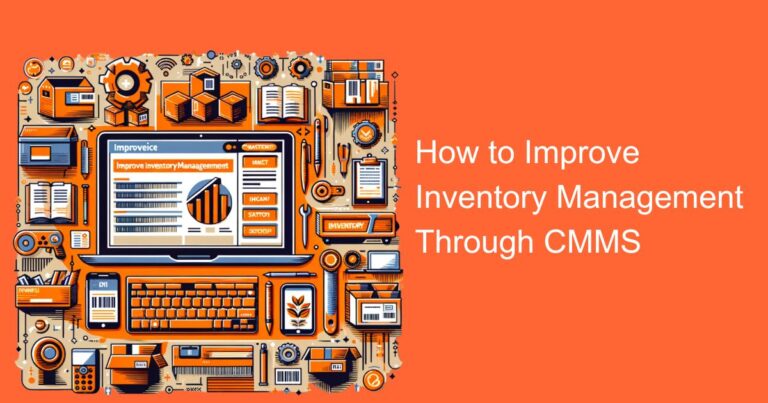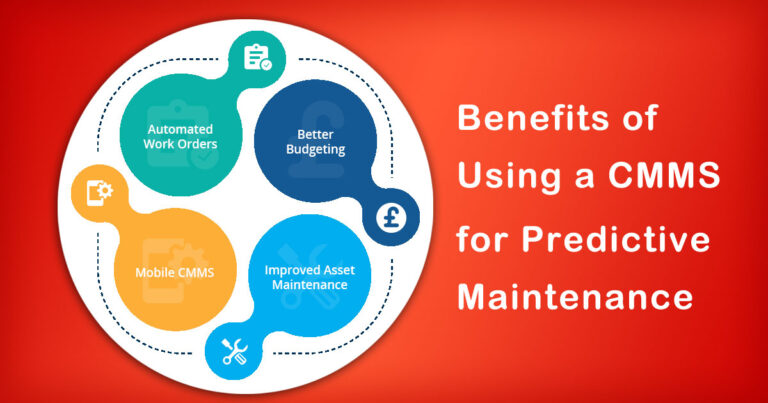Introduction
Preventive maintenance is a proactive approach to maintaining and servicing equipment and machinery before they break down or fail. This is a strategy that is widely used across industries to reduce downtime, save on repair costs and increase productivity. In this article, we’ll delve into the basics of preventive maintenance, how it works, and its benefits in an Indian context.
What is Preventive Maintenance?
Preventive maintenance (PM) is a proactive maintenance strategy that involves performing routine maintenance on equipment, machinery, or assets to prevent breakdowns, malfunctions, or failures. It involves scheduling regular inspections, adjustments, cleaning, lubrication, repairs, and replacements of parts to keep equipment in optimal condition.
Preventive maintenance is usually done on a regular basis, and the frequency of maintenance tasks depends on factors such as the age of the equipment, the manufacturer’s recommendations, usage patterns, and environmental factors. The goal of preventive maintenance is to identify and address problems before they turn into major issues that could lead to downtime, safety hazards, or costly repairs.
Why is Preventive Maintenance Important?
Preventive maintenance is essential for several reasons, including:
- Increased Equipment Reliability: Regular maintenance can help identify and fix minor issues before they turn into major problems that could cause equipment failure or downtime.
- Cost Savings: Preventive maintenance can help reduce repair costs, increase equipment lifespan, and avoid the need for expensive emergency repairs.
- Improved Safety: Regular maintenance can help ensure that equipment is operating safely and correctly, reducing the risk of accidents or injuries.
- Compliance: Regular maintenance can help ensure that equipment meets regulatory requirements and safety standards.
Preventive Maintenance in an Indian Context
In India, preventive maintenance is essential for several industries, including manufacturing, agriculture, healthcare, hospitality, and transportation. These industries rely heavily on equipment and machinery, and any unplanned downtime can lead to significant losses.
One of the biggest challenges in implementing preventive maintenance in India is the lack of awareness and resources. Many organizations still follow a reactive maintenance approach, where they only repair equipment when it breaks down. This approach can lead to higher repair costs, longer downtime, and reduced productivity.
Another challenge is the shortage of skilled workers and technicians who can perform preventive maintenance tasks. According to a report by the National Skill Development Corporation, India has a shortage of over 6 lakh skilled technicians in the manufacturing sector alone. This shortage can make it difficult for organizations to implement preventive maintenance programs and ensure that equipment is maintained correctly.
Benefits of Preventive Maintenance in India
Despite the challenges, preventive maintenance offers several benefits in an Indian context, including:
- Increased Efficiency: Preventive maintenance can help reduce equipment downtime, increase productivity, and improve overall efficiency.
- Cost Savings: Preventive maintenance can help reduce repair costs, increase equipment lifespan, and avoid the need for expensive emergency repairs.
- Improved Safety: Regular maintenance can help ensure that equipment is operating safely and correctly, reducing the risk of accidents or injuries.
- Compliance: Regular maintenance can help ensure that equipment meets regulatory requirements and safety standards.
- Sustainability: Preventive maintenance can help reduce energy consumption, minimize waste, and promote sustainability.
Conclusion
Preventive maintenance is a critical component of equipment and machinery management in India. It helps organizations reduce downtime, save on repair costs, increase productivity, and ensure compliance with regulatory requirements. While there are challenges to implementing preventive maintenance programs in India, the benefits far outweigh the costs. With the right resources and strategies, organizations can successfully implement preventive maintenance programs and reap the rewards.








